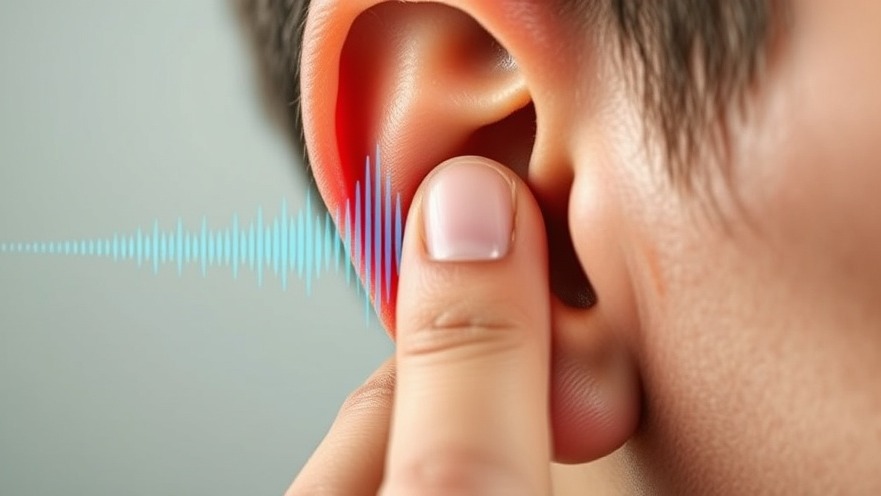
Understanding the Importance of Hearing Protection
As we age, our bodies undergo several changes, and maintaining our health becomes paramount. Among the most vital health aspects often overlooked is hearing. With over 48 million Americans experiencing significant hearing loss, it becomes essential to address hearing health proactively. This article discusses six simple yet effective strategies to protect your hearing, especially for those over 50.
Reduce Noise Exposure: A Key Factor
One of the leading causes of hearing loss is exposure to loud noises. Whether it’s at work, social gatherings, or during hobbies, being in high-decibel environments can significantly damage your ears over time. Experts recommend wearing ear protection, such as earplugs or noise-canceling headphones, when in loud settings. For instance, if you frequent concerts or fireworks shows, consider using musicians' earplugs designed to maintain sound quality while lowering volume levels.
Stay Connected: Regular Hearing Check-Ups
Another essential aspect of safeguarding your hearing is regular check-ups. Many people avoid visiting audiologists until serious issues arise, but just like routine dental check-ups, early evaluation can make a difference. Hearing tests can identify issues before they escalate, ensuring timely intervention. It’s recommended to have your hearing evaluated at least once a year, especially if you’re over 50.
Mind What You Listen To: The Impact of Music
With the popularity of personal listening devices, many individuals may not realize how prolonged high-volume music exposure can lead to irreversible hearing damage. Opting for lower volumes and giving yourself regular breaks can help mitigate this risk. Furthermore, consider investing in stereo headphones, known for generally distributing sound more evenly and at lower volumes without sacrificing quality.
The Role of a Healthy Diet: Nourishing Your Hearing
Did you know your diet plays a significant role in hearing health? Nutrients like omega-3 fatty acids, antioxidants, and vitamins A, C, and E have been linked to better auditory function. Incorporate foods rich in these nutrients, such as leafy greens, nuts, fish, and citrus fruits, into your meals. A balanced diet will not only support your hearing but contribute to your overall health.
Manage Stress: A Silent Culprit
Chronic stress might seem unrelated to hearing loss, but it can lead to conditions that affect the inner ear. Conditions like tinnitus, characterized by a constant ringing in the ears, can be exacerbated by stress. Incorporating stress management techniques, such as yoga, meditation, or deep-breathing exercises, can significantly benefit your auditory health.
Seek Treatment for Existing Issues
Lastly, if you're experiencing hearing difficulties, seeking treatment promptly can make a significant difference. Conditions such as ear infections or earwax buildup can cause temporary hearing loss, which can be easily treated. Don’t hesitate to consult a health professional for advice, as early intervention will lead to better long-term outcomes.
Conclusion: Embrace Healthy Hearing
Prioritizing your hearing health positively impacts your quality of life. By adopting these strategies, you can protect your ears and enjoy the sounds of life for years to come. Let this article inspire you to take steps towards maintaining a vibrant auditory life—your ears will thank you.
 Add Row
Add Row  Add
Add 



Write A Comment